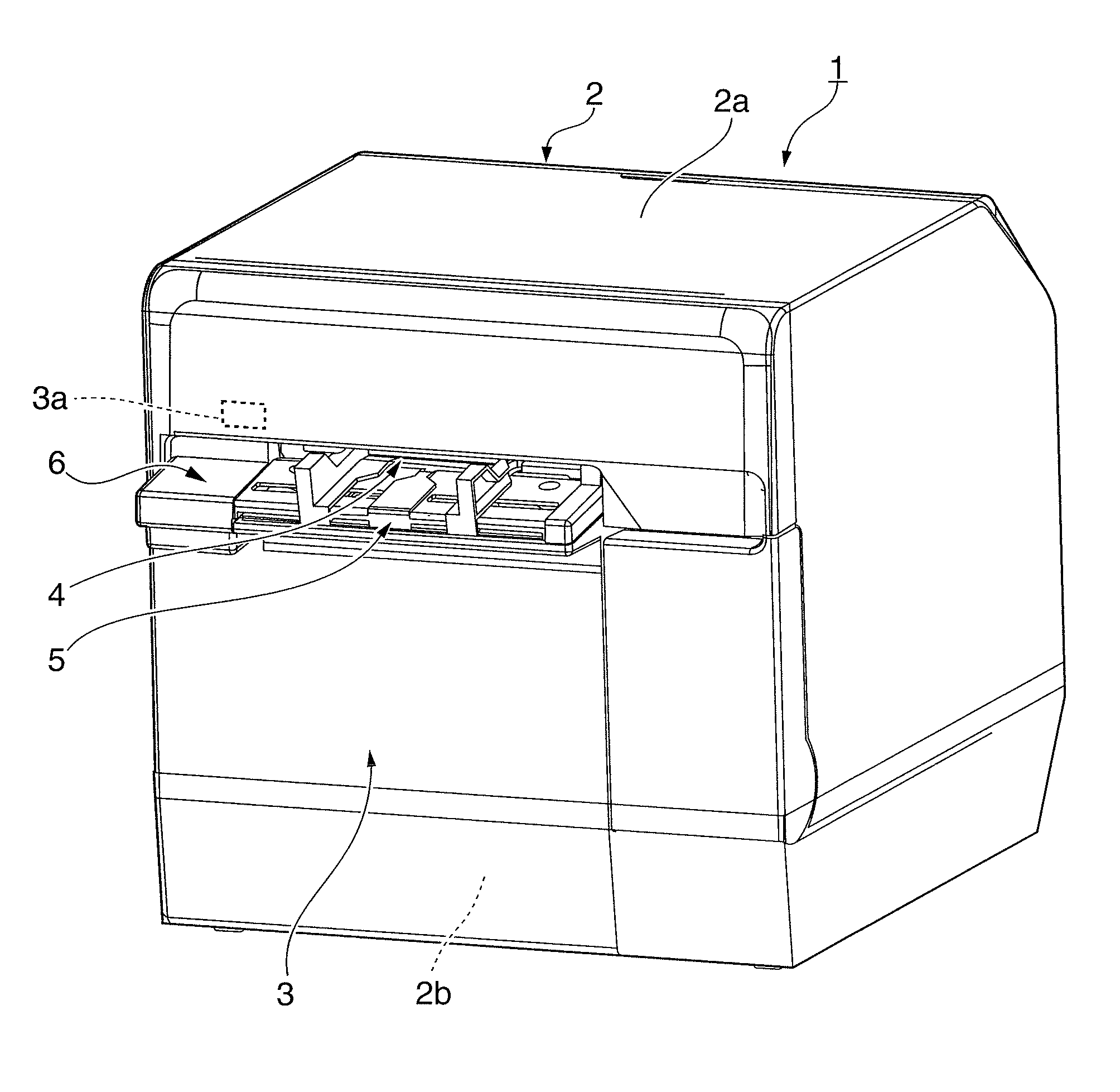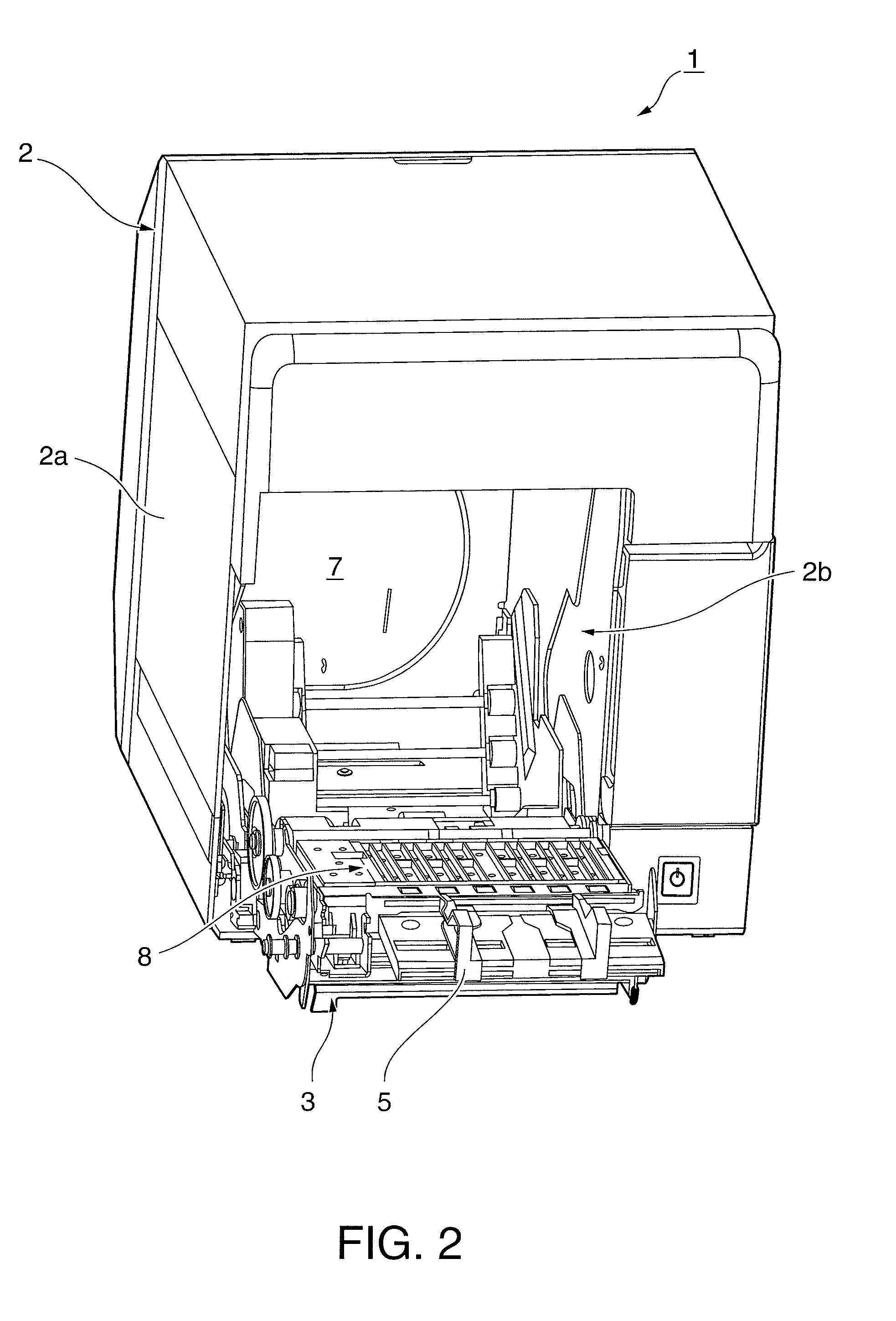Printer control method for error-detection-based reprinting
a control method and printing control technology, applied in the field of printing control methods and printers, can solve the problems of unnecessary printing, and addition of a costly image sensor to the printer, so as to accurately determine the need for reprinting, reduce unnecessary reprinting and waste of consumables such as paper and ink
- Summary
- Abstract
- Description
- Claims
- Application Information
AI Technical Summary
Benefits of technology
Problems solved by technology
Method used
Image
Examples
Embodiment Construction
[0028]A preferred aspect of the invention differentiates between errors with a high possibility of damage to the paper and errors with a low possibility of damage to the paper, determines whether or not reprinting is necessary based on whether the error occurred while printing to the printing area where the possibility of damage to the printed content is extremely high, or whether the error occurred while, for example, conveying the paper through the margin area where content is not printed, and can therefore more accurately determine the need for reprinting. Reprinting even when there is no damage to the printed content and reprinting is not necessary can therefore be suppressed, and unnecessary reprinting and waste of consumables such as paper and ink can be reduced.
[0029]Furthermore, because the need for reprinting is determined according to the type and occurrence of an error, it is not necessary to use a high cost sensor group to confirm if there was actually any damage to the ...
PUM
 Login to View More
Login to View More Abstract
Description
Claims
Application Information
 Login to View More
Login to View More - R&D
- Intellectual Property
- Life Sciences
- Materials
- Tech Scout
- Unparalleled Data Quality
- Higher Quality Content
- 60% Fewer Hallucinations
Browse by: Latest US Patents, China's latest patents, Technical Efficacy Thesaurus, Application Domain, Technology Topic, Popular Technical Reports.
© 2025 PatSnap. All rights reserved.Legal|Privacy policy|Modern Slavery Act Transparency Statement|Sitemap|About US| Contact US: help@patsnap.com



